Welcome to our shop! translation into English is in progress, check the product on " Не Українською"
Buy⚔️ for a gift and for collecting Ottoman (Balkan) yatagan with tugra Janissary 1797 in Ukraine city of Kyiv
Dear Collectors and guests of the site Antique Gallery, looking for a gift, in particular Antique weapons, your attention is invited: Ottoman (Balkan) yatagan with tugra Janissary 1797 year
✨ O ttoman (Balkan) yatagan with tugra of the Janissary of 1797 is a unique example of Ottoman weaponry that takes you back to the era of the mighty Janissaries. The exquisite yatagan decorated with tugra, a symbol of power and military valor, reflects the wealth and strength of the Ottoman Empire of the late 18th century. Such a sword was not only a tool in battle, but also a symbol of the high status of its owner. This yatagan will become a real decoration for any collector of antique weapons or an exquisite accent in the interior. ⚔️ Don’t miss the chance to become the owner of this historical jewel!
This yatagan, created in 1211 AH (1797 of our calendar year) by master Ahmed.
The blade is decorated with skillful engravings.
One of the previous owners was Mohammed Beshe, who held the title of Janissary. This status reflected his membership of the elite troops of the Ottoman Empire.
Historical Background:
The yatagan is an Ottoman sword-saber that was widely used in the 16th-19th centuries not only in the Ottoman Empire, but also in related regions such as the Balkans, the Caucasus, the Black Sea region and the Middle East. This type of weapon is characterized by a curved, broad blade without a guard, which made it versatile for chopping, stabbing and cutting. Yatagans became especially popular among the Ottoman Janissaries, the elite warriors who were the empire’s main striking force.
Initially, the Janissaries were armed with sabers, bows and arrows. The Janissary army always included a company of “taalim-khanejilary”, a school where soldiers were trained in archery.
However, over time, the bow and arrow gave way to firearms. As Marsilli notes, the Turks adopted the use of these weapons from the Europeans, and they became particularly active in the last third of the 16th century.
This change in weaponry reflects the adaptability of the Janissaries, who quickly adopted the latest military developments of the time, which allowed them to maintain their elite position in the Ottoman army.
Tugra on a yatagan is a special sign, a symbolic signature of the sultan or a high-ranking military commander, indicating that the weapon belongs to the Janissary Corps.
The tugra was made in the form of an exquisite ornament, emphasizing not only the skill but also the status of its owner. The presence of such tugra makes this yatagan especially valuable for historians and collectors.
Ottoman Empire troops, particularly the Janissaries, used yatagans in numerous battles throughout Europe, the Balkans and the Middle East. The weapon was highly effective and durable, making it the primary choice for infantry.
In addition, this yatagan has a special value for Ukrainian collectors. After all, there were Ukrainians among the Janissaries, who were famous for their bravery and skill. This rare piece can become not just a part of your collection, but a true symbol of Ukraine’s military heritage and history.


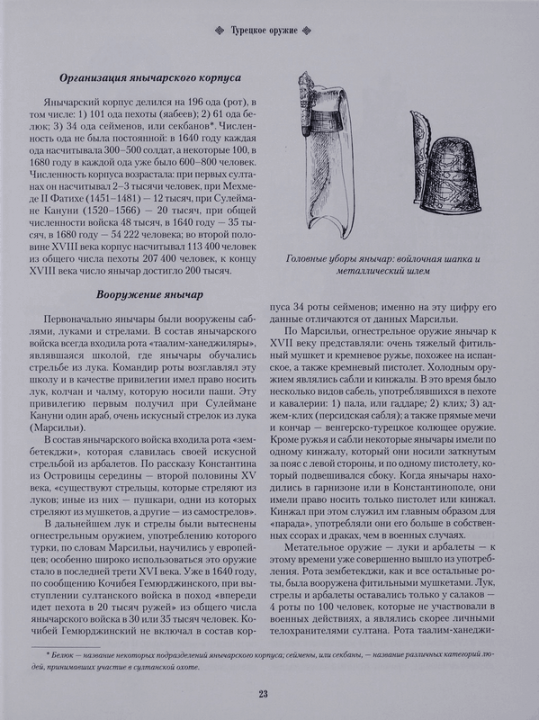





More information about Yatagan at the link:
Photo Review:


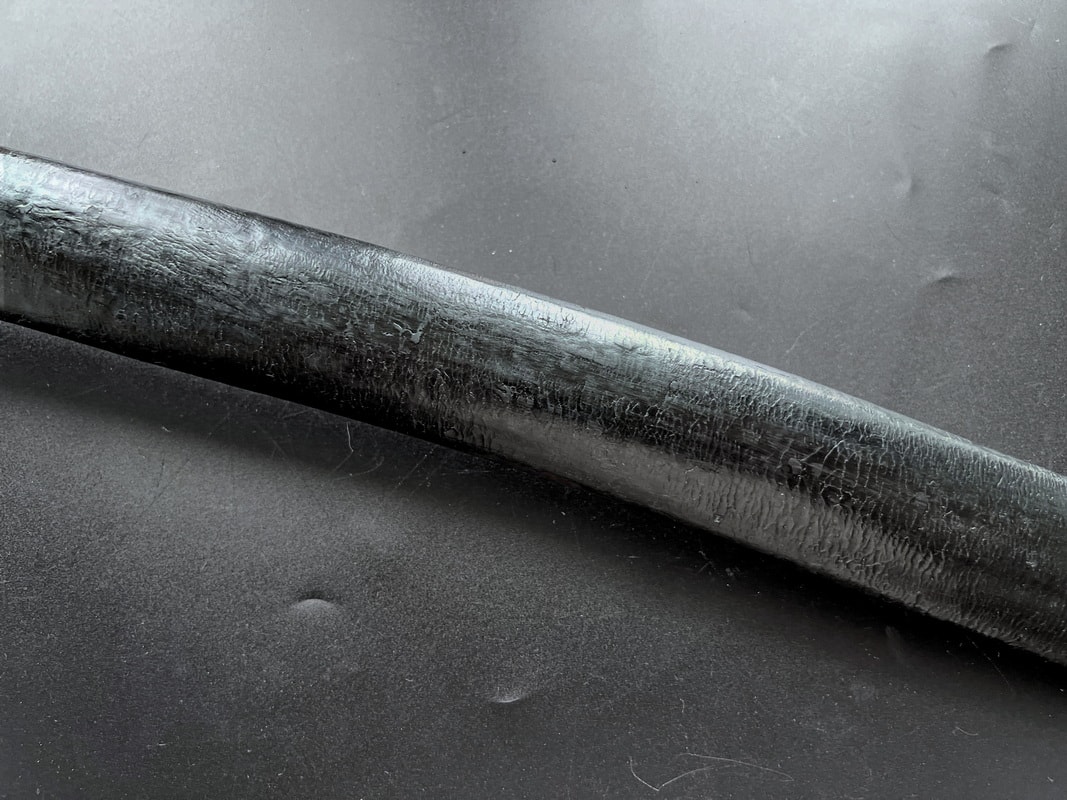





















| Collection | |
|---|---|
| by dating | |
| by country and region | |
| by type | |
| by type of troops |
Add a review
Be the first to review “Ottoman (Balkan) yatagan with Janissary tugra of 1797” Cancel reply
Categories: Antique Weapons, Cossack weapons, Eastern Weapons, Gallery of sold
Tags: Balkan scimitar, historical armor, Janichar scimitar, Ottoman Empire, Ottoman scimitar, scimitar with tugra, Turkish scimitar, антиквариат, антикварна зброя в інтер'єрі, античное оружие, армейский антиквариат, балканский ятаган, балканський ятаган, зброя яничарів, зброя яничаров, историческая зброя, исторический антиквариат, історична зброя, колекціонування антикварної зброї, купити антикварну зброю, османская империя, османский ятаган, османська імперія, османський ятаган, турецька зброя, яничарский ятаган, яничарський ятаган, ятаган з тугрою, ятаган с тугрою
Related products
-
Sword for officers of all branches and administrations model 1872
620 $Original price was: 620 $.600 $Current price is: 600 $.






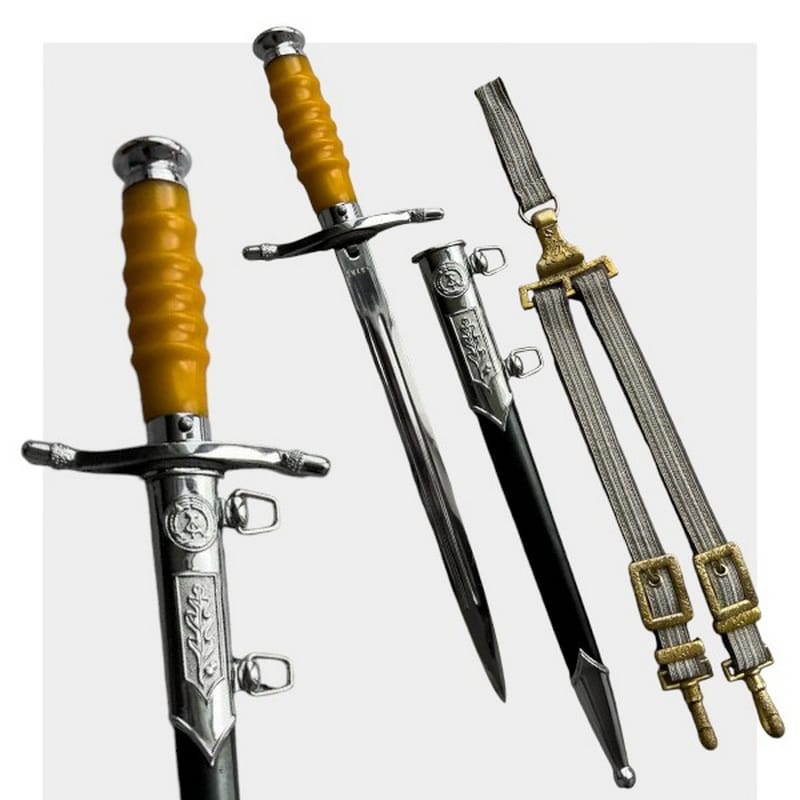
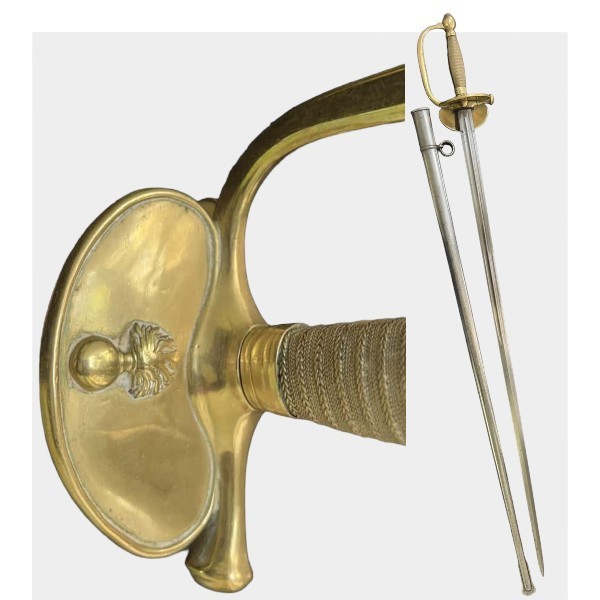

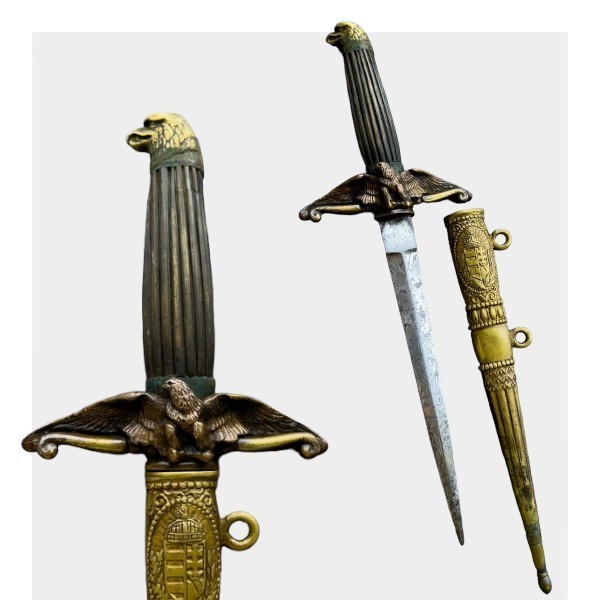
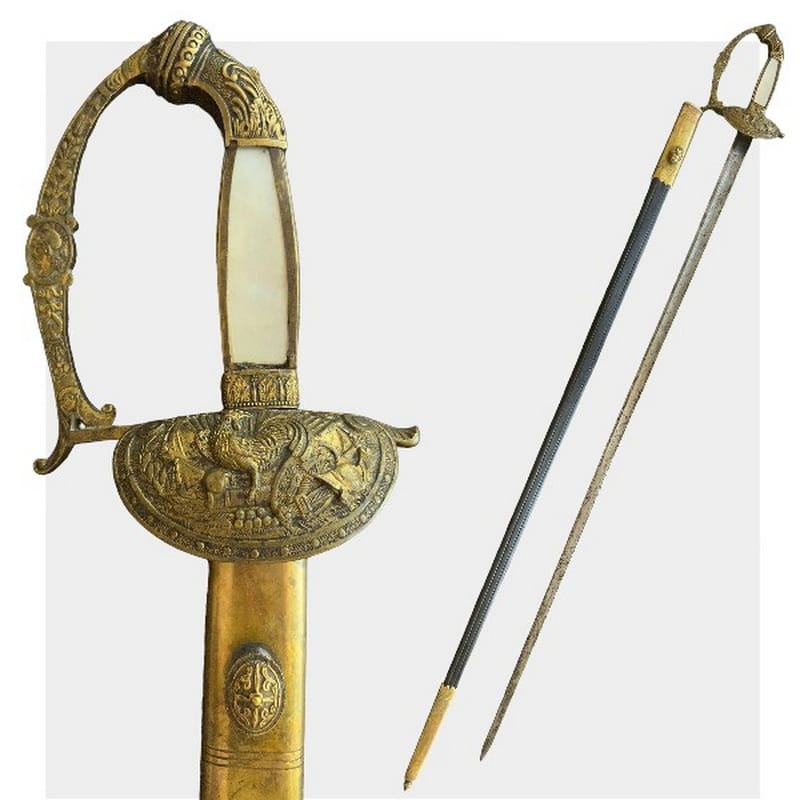

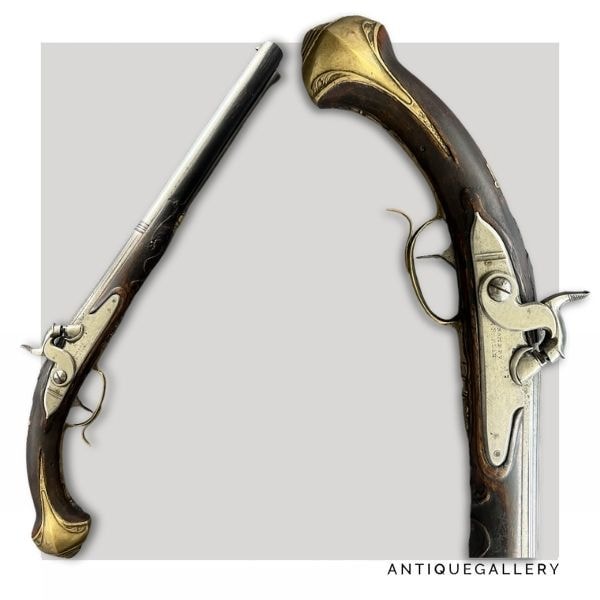

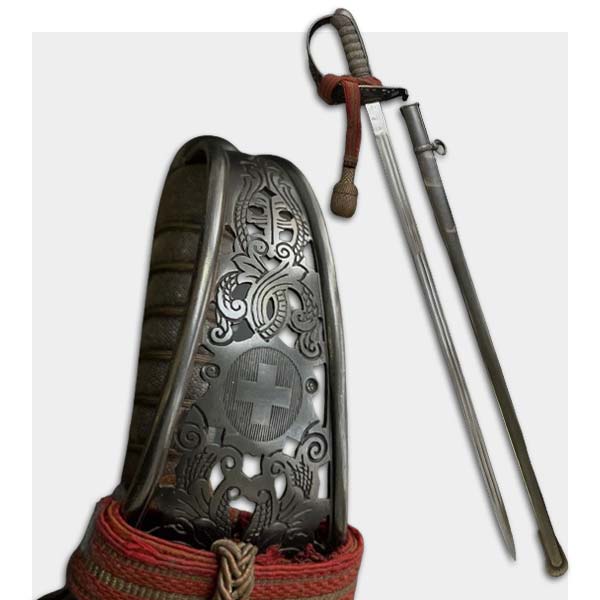
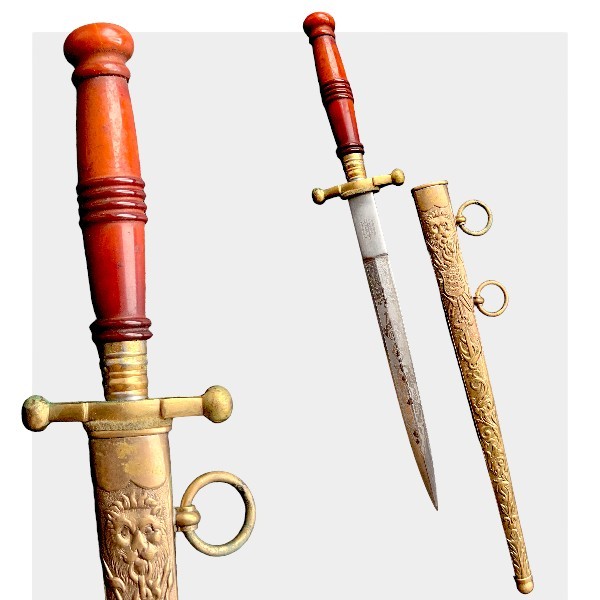
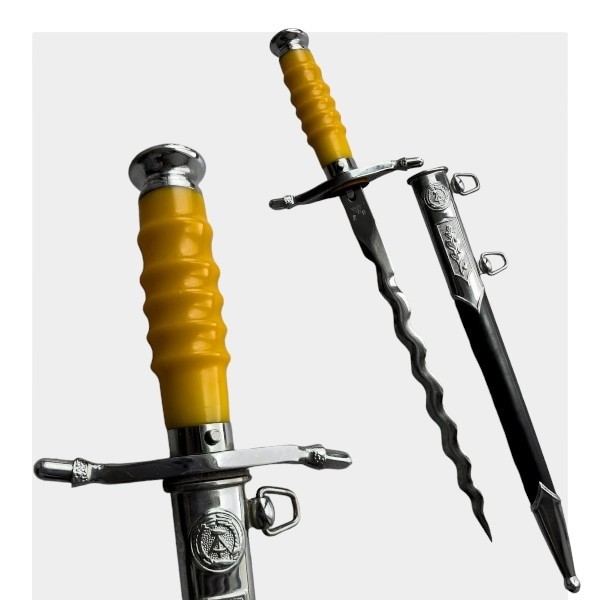
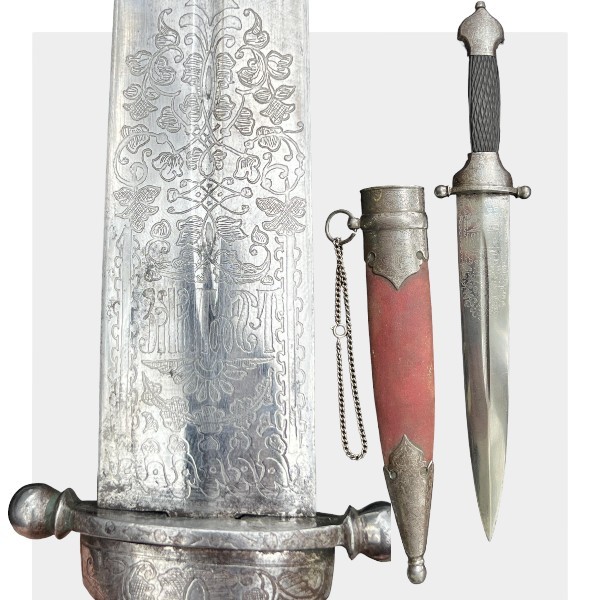
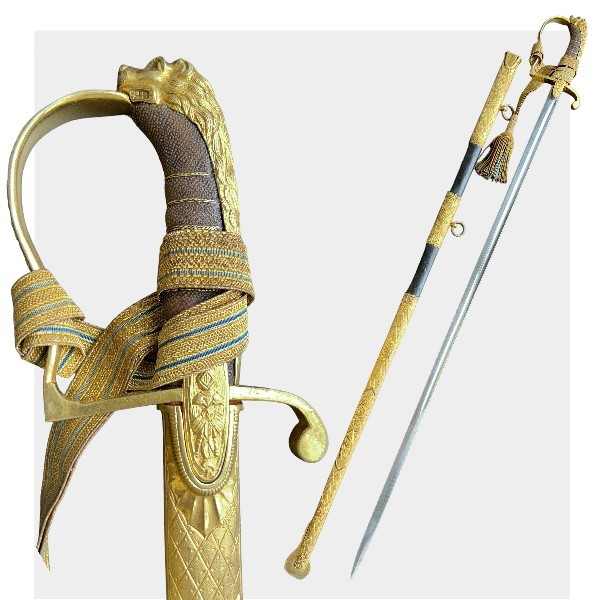
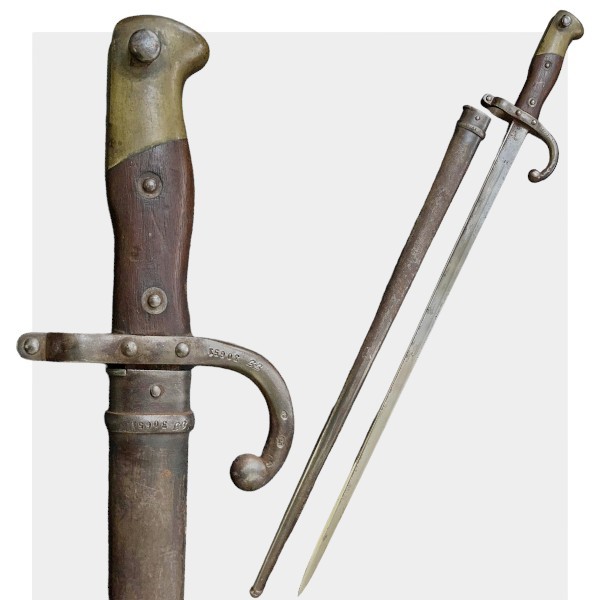


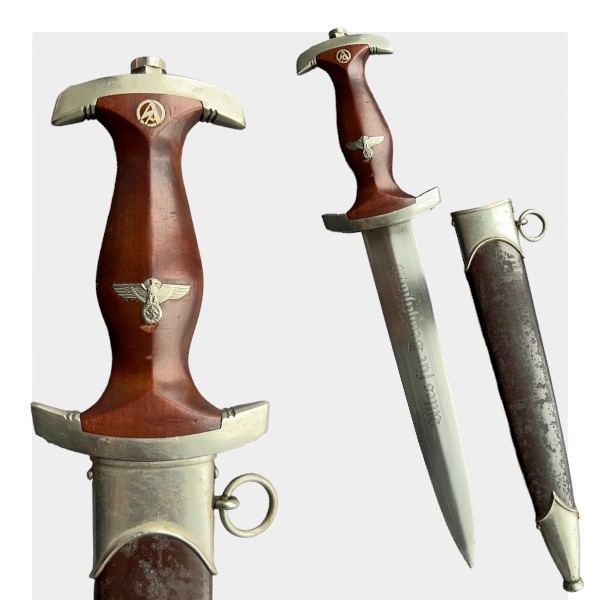







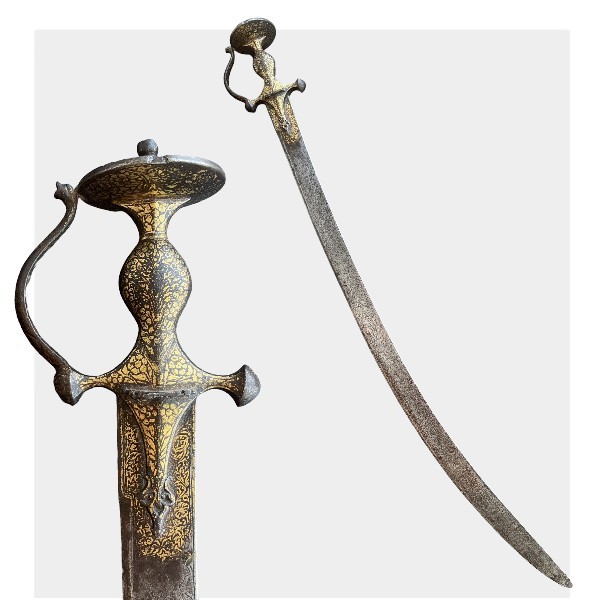



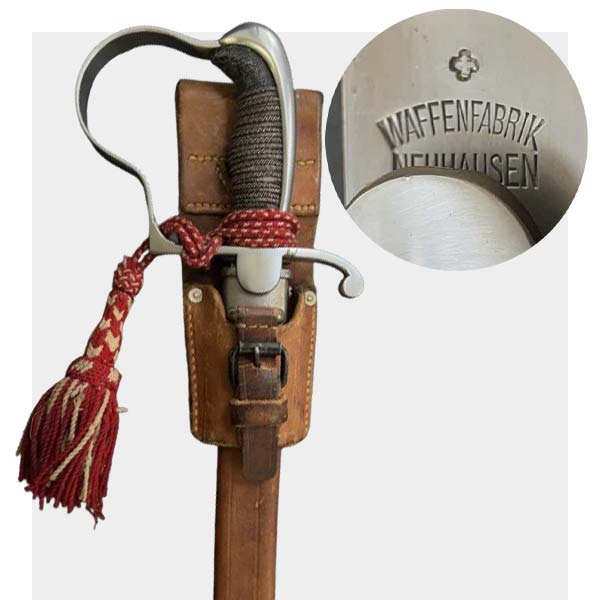
There are no reviews yet.